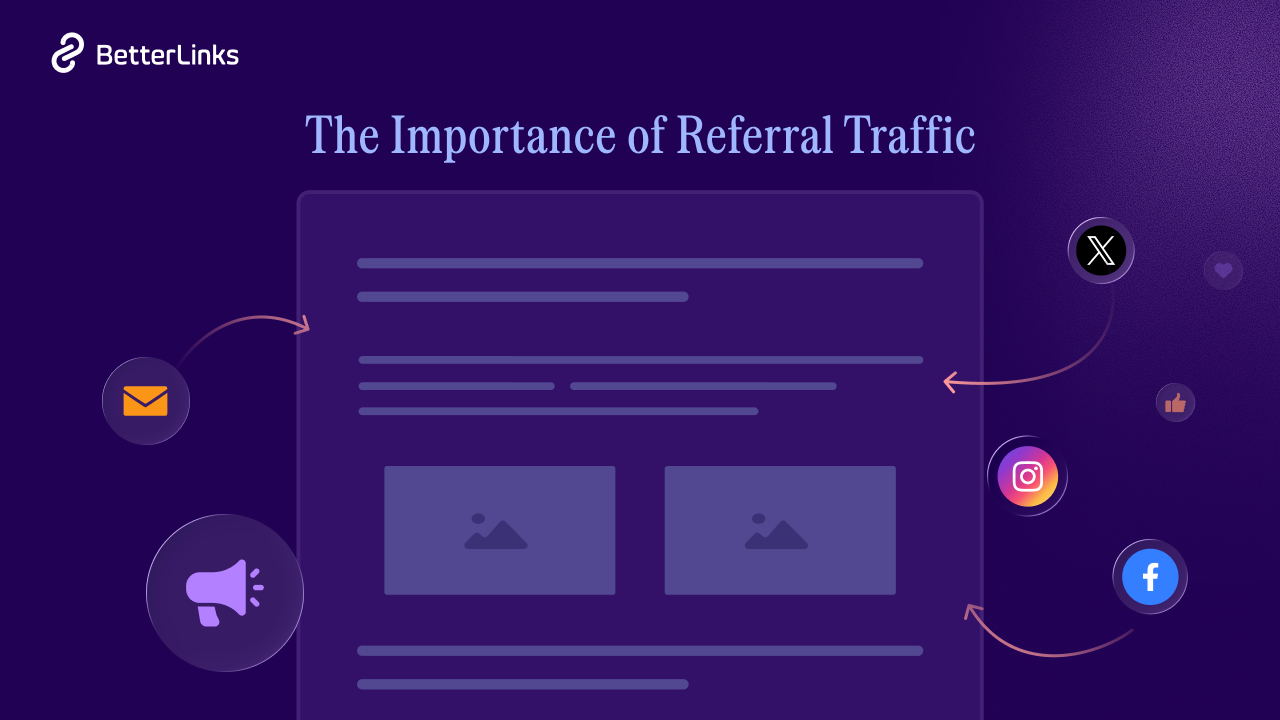If you are looking for ways to reduce bounce rate, today is your lucky day. In this blog, we will tell you some tried-and-true methods for lowering your website’s bounce rate. So, without further ado, let’s get to the main part of the blog below.

🔍 Understanding Bounce Rate: Why Visitors Leave Your Website?
If you are wondering what is bounce rate, then this section could be helpful for you. In digital marketing, bounce refers to when a visitor departs your website after just viewing one page. If visitors come to your website and leave before taking any action, that triggers the website bounce rate.

When it comes to improving your website’s search performance, one thing you should keep at the top of your mind is bounce rate. Using search engine optimization strategies and other marketing tactics you can drive traffic to your website. However, the real challenge is converting the traffic into customers. Here are the 2 most common reasons that can cause a high bounce rate on your website below:
⭐ If Your Website Has High Page-Loading Time
According to a Google study, if your website takes 1 to 5 seconds to load, your bounce rate can reach 90% on average. This means that if your page loading time is too long, even if you have a lot of visitors, they will leave your site right away.
⭐ If Your Website Has Poor User Experience
If your website is not responsive or designed in a user-friendly manner, you run the risk of losing visitors as soon as they arrive. Additionally, if your website’s content is difficult to find, your website bounce rate will increase.
How Can You Calculate Bounce Rate?
Now that you know what is bounce rate you can easily find the bounce rate of your website at ease. The website bounce rate formula is very simple. If you want to calculate bounce rate, you just need to divide single-page sessions by total sessions. This means that if hundreds of visitors come to your website and ten of them leave without going to another page, then your bounce rate will be 10%.
When you have 1000 visitors on your home page and 500 people leave without going to any other page, then you have a 50% bounce rate. You can learn about your total visitors and other useful information from Google Analytics and take measures to improve bounce rate.
Industry Wise Average Bounce Rate
Before going to learn how to reduce bounce rate from your website you should know what is the normal bounce rate in the different industries. According to a Contentsquare benchmark report, the average bounce rate for all industries is 47%. If your website has higher bounce rates than this number, you should try to maintain an acceptable bounce rate as soon as you can. Here is the list of bounce rate benchmarks by industry below:
👉 For the Apparel website, the average bounce rate is 47%
👉 For the Automotive industry, the normal bounce rate is 45%
👉 In B2B Industry the average bounce rate is 75%
👉 For Beauty websites, the normal bounce rate is 48%
👉 For Consumer Electronics the average bounce rate is 44%
👉 For the Energy Industry the normal bounce rate is 38%
👉 For the Financial Services Industry, the average bounce rate is 47%
👉 For the Grocery websites, the normal bounce rate is 40%
👉 For the Travel industry, the average bounce rate is 43%
👉 In the Telecommunication industry, the average bounce rate is 56%
Top 15 Tips To Reduce Bounce Rate
Once you have figured out you have a high website bounce rate, you should take immediate action to drive your traffic to customers. Here, we are going to tell you 15 proven tips that will help you to reduce your bounce rate at ease. So, let’s go below and find the ultimate tips to reduce the bounce rate from your website.
1. Optimize Your Page Load Time
According to a survey on consumer behavior, web visitors expect a website to load within 2 to 3 seconds. With so many options out there, they don’t want to wait for a certain website that has a slow page loading speed. Therefore, if you want to reduce the bounce rate of your website, then you should properly optimize your page loading time.
To decrease your page loading time, you can optimize your images and use the Google Page Speed tool to optimize your landing pages. Besides, you can use caching plugins and switch to a speedy hosting provider to reduce bounce rate.
2. Get Mobile Responsive Design
If you analyze statistics on how many shoppers use mobile phones while buying something, you may want to hire a developer right now to make your website responsive if it’s not yet. According to a survey, 79% of buyers used smartphones while shopping online. This data shows that while building a website, you need to make it responsive in order to provide the best user experience to your visitors to reduce bounce rate.

3. Improve Your Content Readability
Content readability is extremely important to attract your visitors. If you use a messy font on your website which is very difficult to read and long texts with unknown words, your visitors will lose interest and bounce back from your website. Therefore, to provide the best user experience, you need to write your content with easy and short sentences. Try to use readers friendly fonts and make your content easy to read to reduce bounce rate.
4. Target The Relevant Audience
Getting high traffic means your website is doing well in the search engines rankings. However, that’s not the only thing to get better user engagement. Before publishing your content you need to know your targeted audience. While choosing the keywords, you should not just pick the keywords that have a high volume but you should also think about the intent of the keyword. In that way, you can find the right audience, and your bounce rate won’t be so high.
5. Limit The Distracting Ads
Truth be told, nobody likes ads. If you have too many ads and pop-ups on your website, visitors can leave immediately and go to another site. Also, Google can penalize you for disrupting visitors to access the contents. Therefore, you should limit the distracting ads to reduce the bounce rate.
6. Use Dynamic Contents On Your Website
While publishing content on your website, you should add interactive contents to attract your visitors immediately. Besides, you can embed media content on your website to keep the visitors engaged on your website. But you should keep in mind that, while embedding content you need to use the relevant content to attract visitors and reduce the bounce rate.

7. Provide Easy Navigation For The Visitors
With so much competition on the internet, you need to provide the best user experience possible for your visitors to keep them engaged with your website. If you don’t have easy navigation on your website, your visitors can leave immediately. Therefore, you should have a search bar and menu bar to let your visitors find the things they are looking for. Also, you can use a table of content for your website to browse your content at ease which will reduce the bounce rate.
8. Use Exit-Intent Pop-ups On Your Site
While pop-ups are extremely disturbing for visitors, exit-intent pop-ups can reduce bounce rates. You can showcase appealing offers to your visitors on the exit-intent pop-ups and keep them engaged on your site.

To make this strategy more effective, you can personalize the pop-ups for each visitor and showcase special deals according to visitors’ behavior. Once the visitors click on any particular product, you can provide special deals for that particular product on the pop-ups.
9. Add Compelling Call-To-Action Buttons
Call-To-Action buttons are very important to convert your visitors to customers. With CTA buttons, and powerful copies you can easily lead your customers to take any specific action and reduce bounce rate. Therefore, you need to design and place CTA buttons with the proper strategy. If you have a well-designed Call-To-Action button placed in the right place your bounce rate will decrease dramatically.

10. Make Your Links Open In New Tab
Adding external links to websites is important for various reasons. You may want to link your article with statistics or with relevant content on your site. However, if you want to reduce the bounce rate, you should make the links open in a new tab. In this way, you won’t lose your visitors and your bounce rate will not increase.
11. Translate Your Website For Your Visitors
Even though English is widely popular all around the world, some visitors may struggle to understand it. Thus, if you need to translate your website into different languages, any international visitor can easily find what they are looking for from your website. Also, you can easily reduce bounce rates in this way.

12. Add Related Blog Posts & Articles Sections
Most websites add a blog section to provide valuable information to their visitors. With blog and article sections, you can drive visitors to your website at ease. If you want to keep your visitors engaged with your website, you should add related blog posts or articles. So, your visitors will spend more time on your website and your bounce rate will not increase.
13. Get Rid Of All Broken Links
Broken links can cause a high website bounce rate and kill your rankings on search engines pages. Also, it will have a bad impact on the user experience. Thus, you need to check all the links and redirect the broken pages to another page. In this way, you can reduce bounce rates and keep your visitors engaged on your website.

14. Deliver Quality Content On Your Site
Content is the king of the online marketing arena. If you have well researched, well presented and unique content on your website, your site engagement will improve dramatically. Also, you may get backlinks from other websites which will also boost your traffic. With quality content on your site, people will stay longer and read through and your website bounce rate will remain low.
15. Perform A/B Testing Frequently
To make your website better day by day and reduce bounce rate, you should perform A/B testing to learn what’s working for you and what’s not. First, make a hypothesis on why your website has a high bounce rate on a particular page and then change the layout of the pages, navigation menus, Calls-to-action buttons, etc. and analyze the results. In this way, you can figure out why the page should have a high bounce rate and you will get the solution easily.
⚡ Time To Fix Bounce Rate on Your Website
Now that you know, what is bounce rate and how to reduce bounce rate from your website, you should immediately make the changes to convert your traffic into customers. However, you should always keep in mind that your primary focus is to provide the best user experience while reducing the bouning rate. So, now find out your website bounce rate and if it is higher than the normal bounce rate, apply all the tricks we have just told you and improve your conversion rate.
Have you found this blog useful? If you want to read more tips and tricks, you can subscribe to our blog and join our Facebook Community.






